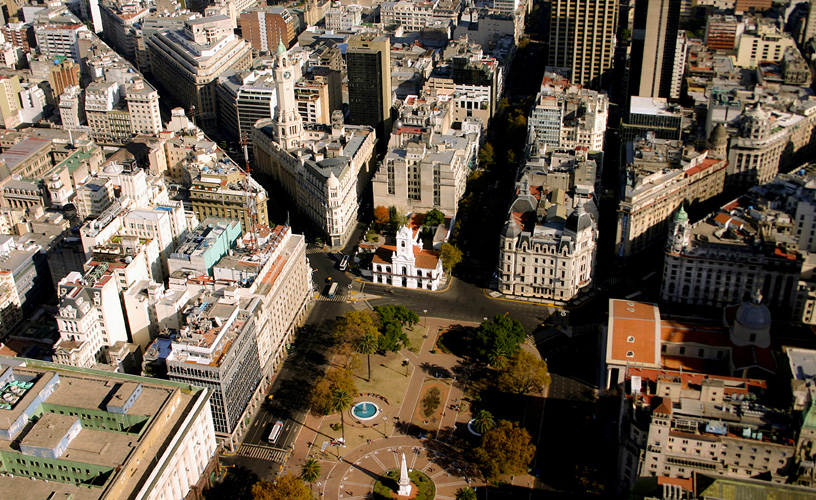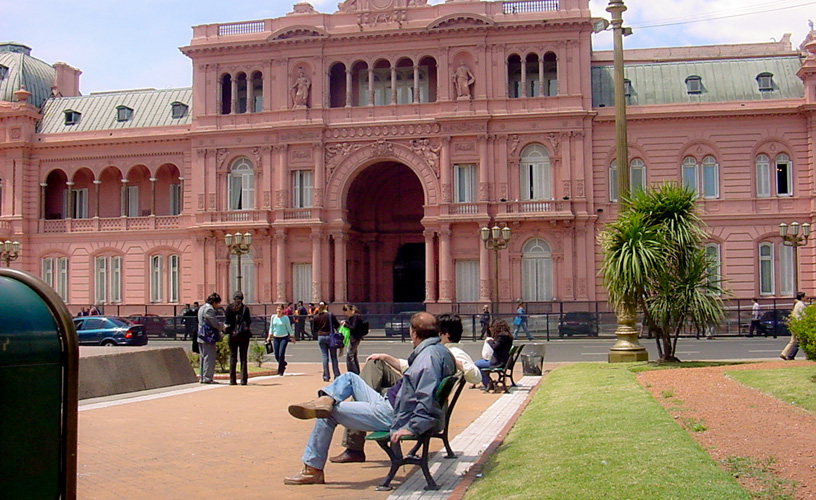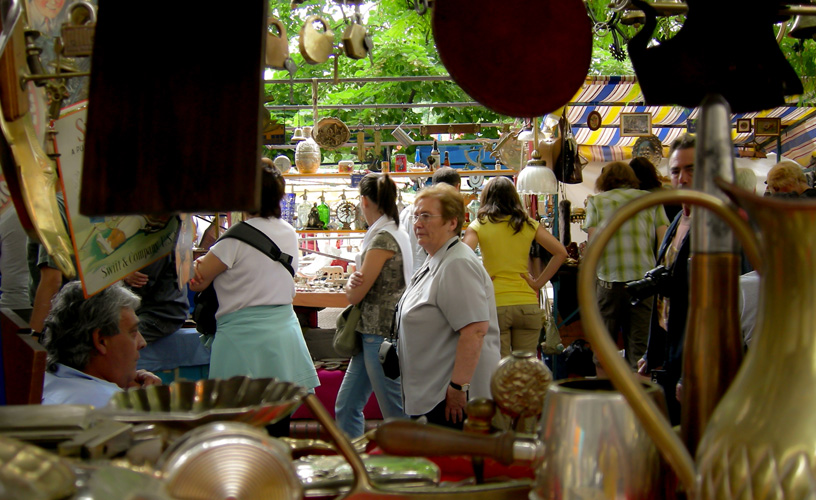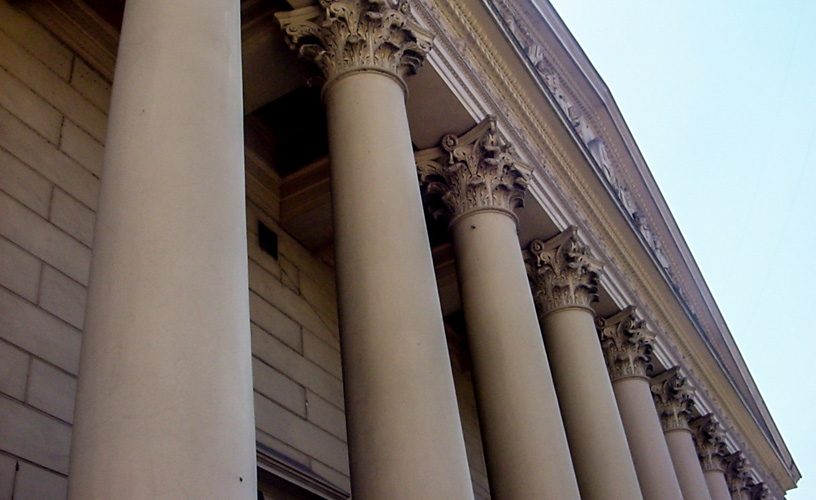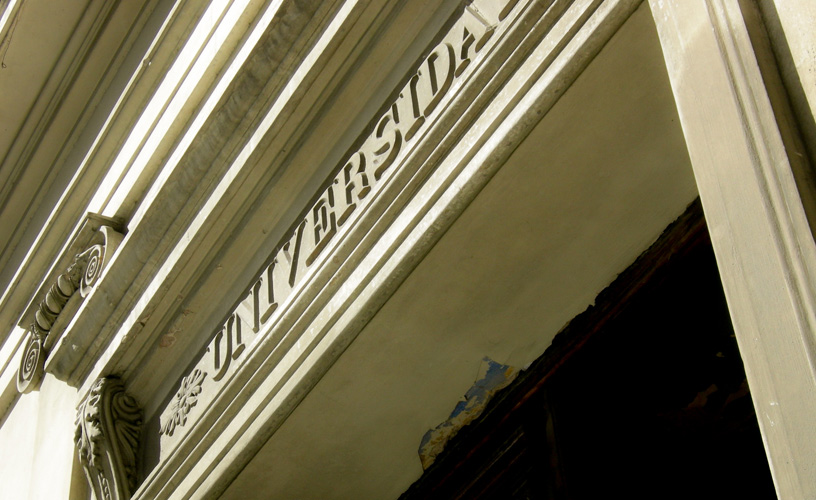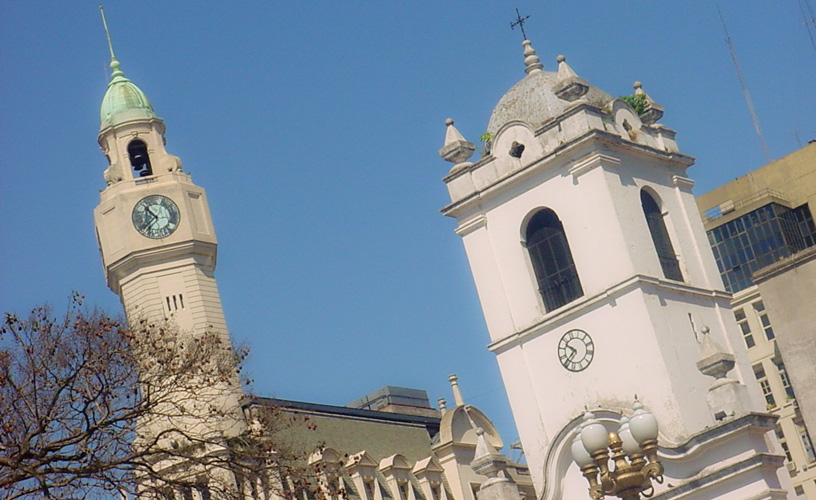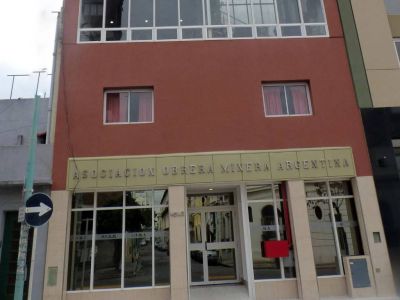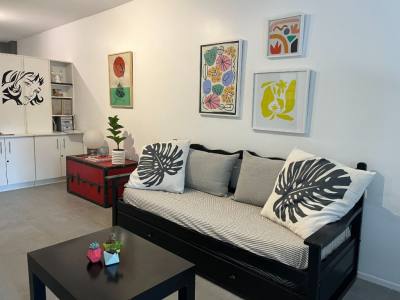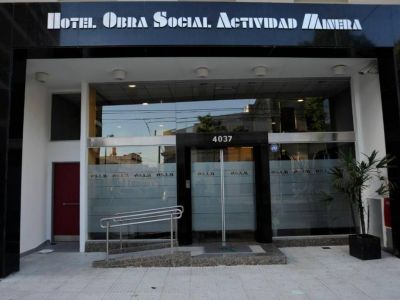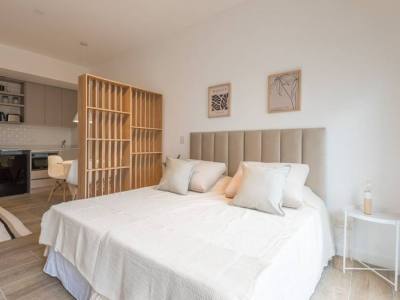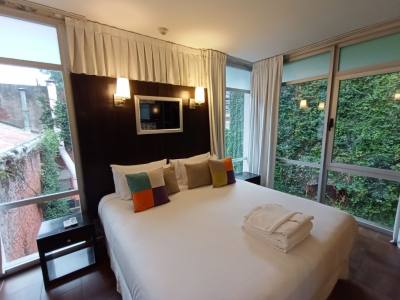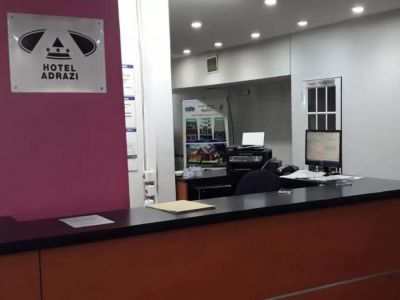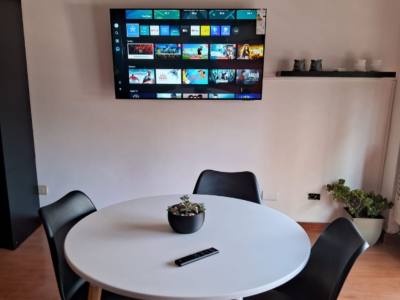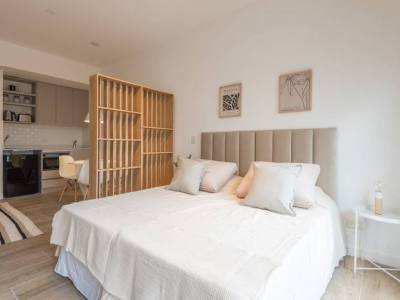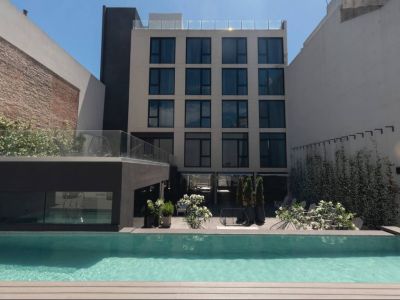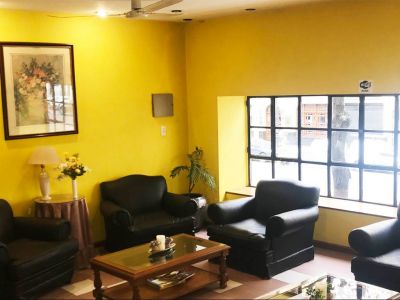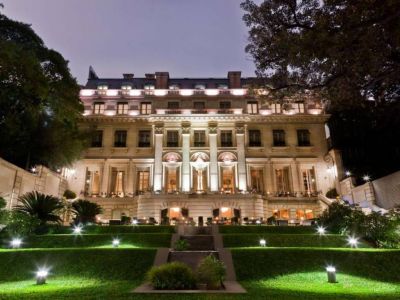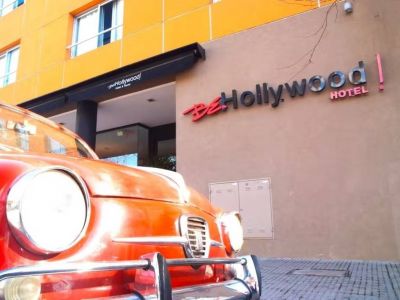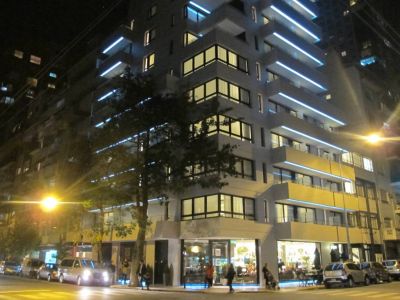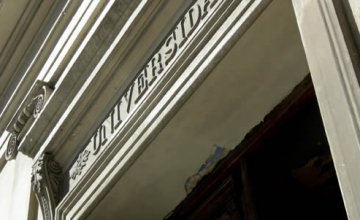Places influenced by politics, architecture and art and by people who made our history.
The constant movement and energy of Buenos Aires is found in the heart of its downtown area, known as microcentro. However, at the weekend, when the streets slow down, we wandered around in search of treasures apparently hidden by the hustle and bustle: the past of a city and a country, secret and open to everyone interested in exploring it.
In the Center, the Square
On that lovely Sunday morning, we were standing below the shadow of a tree on Mayo Square with a map and ready to unveil the secrets of a city, with visible treasures that sometimes appears to be blurred.
In front of us and almost in grieving white, we could see the historic building of the Cabildo. We crossed the avenue and got through its arcades ready to walk on the same floor the revolutionary men stepped on a long time ago. The building houses the Cabildo and of May Revolution Museum. In fact, we found more than we had expected.
Historic Buildings Still in Operation
Leaving the Cabildo behind, we headed towards Mayo Avenue and saw the façades of two of the buildings which today house the Municipal Palace of the City of Buenos Aires, historic constructions with their own past.
These buildings, the current Municipal Palace of the City and the House of Culture (former headquarters of the daily newspaper “La Prensa”) serve as offices, but at weekends when employees enjoy their days off, they are open for public tours.
We started our tour at the door of the Municipal Palace with entrance on Bolivar Street and two grenadiers flanked our way on the staircase. We went through a huge room leading to the government offices and we could see relics and works of art of political significance.
Likewise, the House of Culture was an explosion of surprises. Here, every nook is outstanding and hides a meaning. A magnificent construction still vibrant.
La Manzana de las Luces (The Block of Enlightenment)
A few blocks away and walking down Peru Street, we arrived at La Manzana de las Luces . This space surrounded by four streets concentrates more history than any other place in Buenos Aires.
This place is known as “of Enlightenment” because it used to house the first (the most prestigious) high schools and university in Argentina. As we got inside we could find vestiges of a very old past that, as the underground tunnels we visited, is concealed and belongs to times older than the country itself.
The tour guides allowed us to unveil its secrets.
Defensa and Tango
After walking between high walls and bricks that age back to over three centuries ago, we went down Moreno Street up to Defensa Street, another of the historic streets of the city. But, what surprised us the most was not the Museum of the City or the huge Cathedral Basilica of St. Francis, but the lively energy we felt in the air.
The street becomes a pedestrian street and the craftsmanship stalls, souvenirs, books, clothes and all the items we could imagine were on display on the sidewalks. Tango was all around. People from here, there and everywhere strolled around under the sun browsing and asking.
The market seemed to be an endless way down the street up to San Telmo, but we preferred to start our way back. At the end of the road, we could see the small obelisk with a statue representing liberty on its top and, when we could not see more stalls, we were on Mayo Square once again.
Cathedral
We crossed the square diagonally and got inside the Metropolitan Cathedral, another historic building of great significance.
In this building, famous for housing the remains of General José de San Martín, we could find many other things which caught our attention: its floors, paintings and architecture. Many visitors will feel the religious or patriotic fervor.
Casa Rosada
Leaving the Cathedral behind, it was time to visit that giant which had been looking at us from across the square all day long, the place where history really happens: the Casa Rosada building.
Dwelled by presidents, ministers and other civil servants on weekdays, at weekends it opens the doors for visitors to tour at least part of the interior.
Huge halls, staircases and marble are shown by grenadiers who, in turn, work as tour guides.
Later on, after hours of walking towards Mayo Square, we could come closer to the old City of Buenos Aires, still certainly alive. With a little nostalgia, while the sun set, we thought that in a few hours the streets would become crammed with motor vehicles once again and this secret city would hide its treasures one more time until the following weekend.
Marcos Rodríguez
Pablo Etchevers
Phone: +54 11-43426729
Phone: +54 11-43239669
Phone: +54 11-43424655
